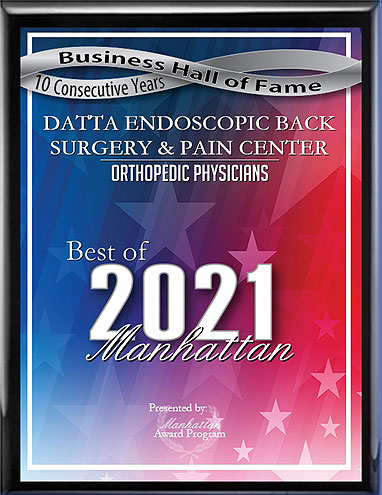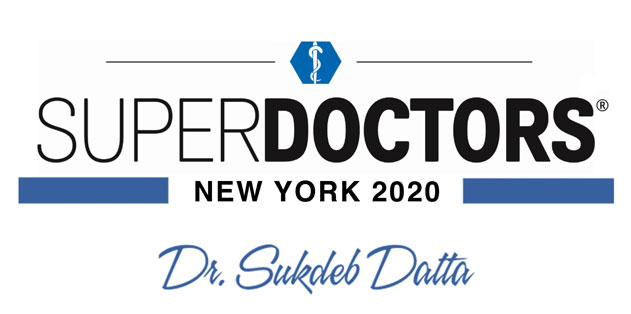Each of the vertebrae in the spine is separated by a spinal disc. If one of these discs becomes misshapen, a bulging disc is present. Sometimes, bulging discs cause no symptoms, but many patients with a bulging disc do experience pain and other problems. The most common location for a bulging disc is in the lower back.
Symptoms
Bulging discs cause symptoms when they press up against the spinal cord or nerve roots. Because the nerves in the lower spine go to the legs and buttocks, symptoms generally occur in the back, buttocks, legs, and sometimes the pelvis. Some symptoms include:
- Back pain, which may get worse when coughing or bending
- Numbness or tingling in the legs
- Weakness in the legs
- Sharp shooting pain going from the lower back through one of the legs (sciatica)
If you experience pain for longer than a few days, pain that is getting progressively worse, or neurological symptoms like weakness or numbness, you should visit a skilled spine physician in order to get treatment and diagnosis.
Diagnosis
The symptoms of a bulging disc can be similar to the symptoms of many other conditions affecting the lower spine, ranging from herniated discs to bone spurs to arthritis. Doctors use diagnostic testing to confirm the exact cause. The doctor will discuss your symptoms in detail and perform a thorough physical examination, focusing on the spine.
Next, the doctor will order any relevant diagnostic tests. Usually, a medical imaging tool such as MRI or CT scan can be used to diagnose the condition.
Treatment Options
The majority of bulging discs in the lower back respond well to conservative treatments. Methods designed to reduce inflammation, strengthen the core, and improve alignment can all be effective in relieving symptoms. If these conservative methods are ineffective, surgery may be required. Bulging discs can be treated with minimally invasive spine surgery.
Some treatment options for bulging discs include:
- Physical therapy, which promotes core strength and spinal alignment
- Chiropractic care, when used in conjunction with medical treatment
- Medications, such as non-steroidal anti-inflammatory drugs (NSAIDs)
- Steroid injections into the spine, which reduce inflammation
- Minimally invasive spine surgery, including laser spine surgery
- Weight loss to reduce the amount of strain on the spine
- Smoking cessation to improve healing and reduce inflammation
If you have symptoms of a bulging disc in your lower back, Dr. Sukdeb Datta would be happy to meet with you. To schedule a consultation today, please click below and enter your information or give us a call at (212) 430-0312.






 EDISCSCULPT
EDISCSCULPT



